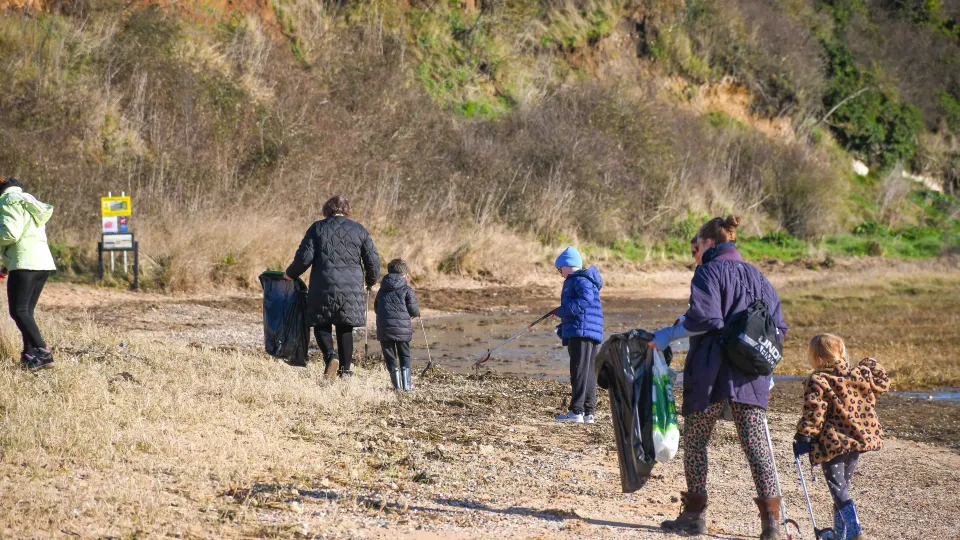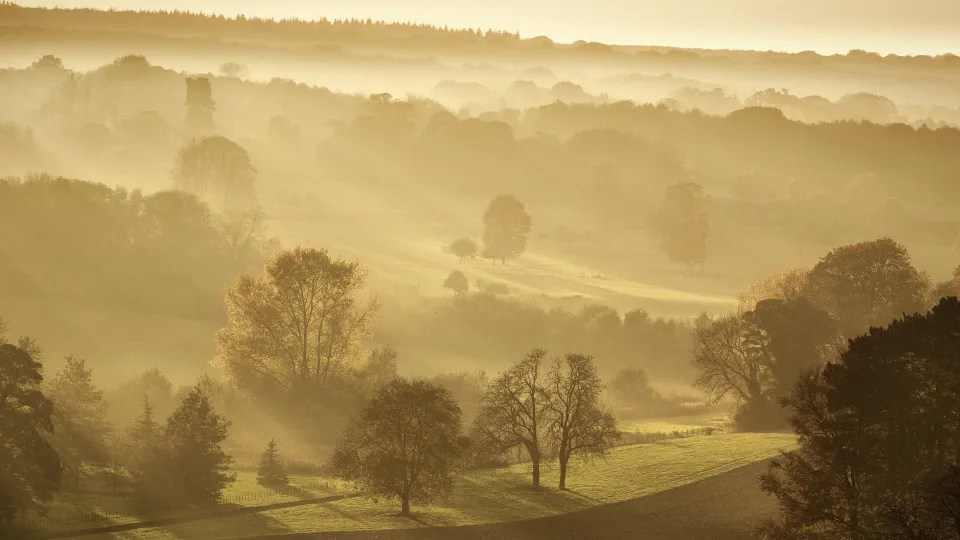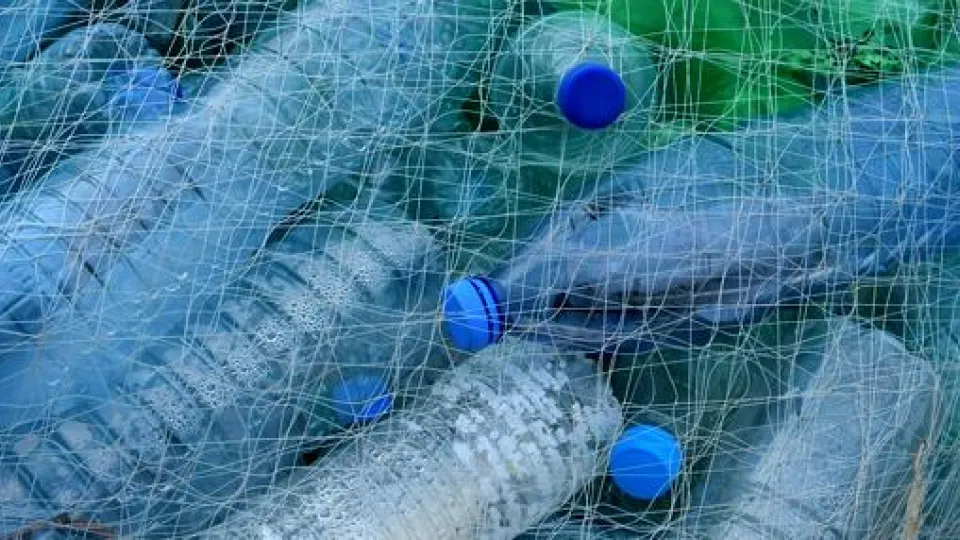
Everything you need to know about carbon sequestration
Ever wondered how planting trees or restoring soil can help fight climate change? Carbon sequestration is nature’s quiet housekeeping - learn more in this blog.

Ever wondered how planting trees or restoring soil can help fight climate change? Carbon sequestration is nature’s quiet housekeeping - learn more in this blog.

Plastic: while this modern material can be highly useful in many contexts, its durability is also a curse. When it’s discarded it’s a blight on our wild spaces, and a threat to our wildlife - both as litter, and when it breaks down, as microplastics which pollute ecosystems and weaken or kill organisms when ingested. A disheartening thought – but remember that taking action to pick up litter, however small, could help save an animal’s life.

Bella Sabin-Dawson, Education and Wellbeing Apprentice at Kent Wildlife Trust highlights one of the asks in our Nature 2030 manifesto campaign - a right to a healthy environment.

The Nature 2030 campaign asks that we make our polluters pay. In the last month, the government have been working hard to scrap regulations on nutrient neutrality which do just that. Find out more about this story in this blog.

Lower Thames Crossing branded ‘likely the most environmentally damaging road scheme in England’

At the start of 2018 Guardians of the Deep project officer Zoë Stevenson set herself a challenge; try and use no plastic bottles for the entire year. This is how she got on.

You might have heard a lot lately about plastic pollution, but what small changes can you make to have a big impact? Here are 5 tips to get you started